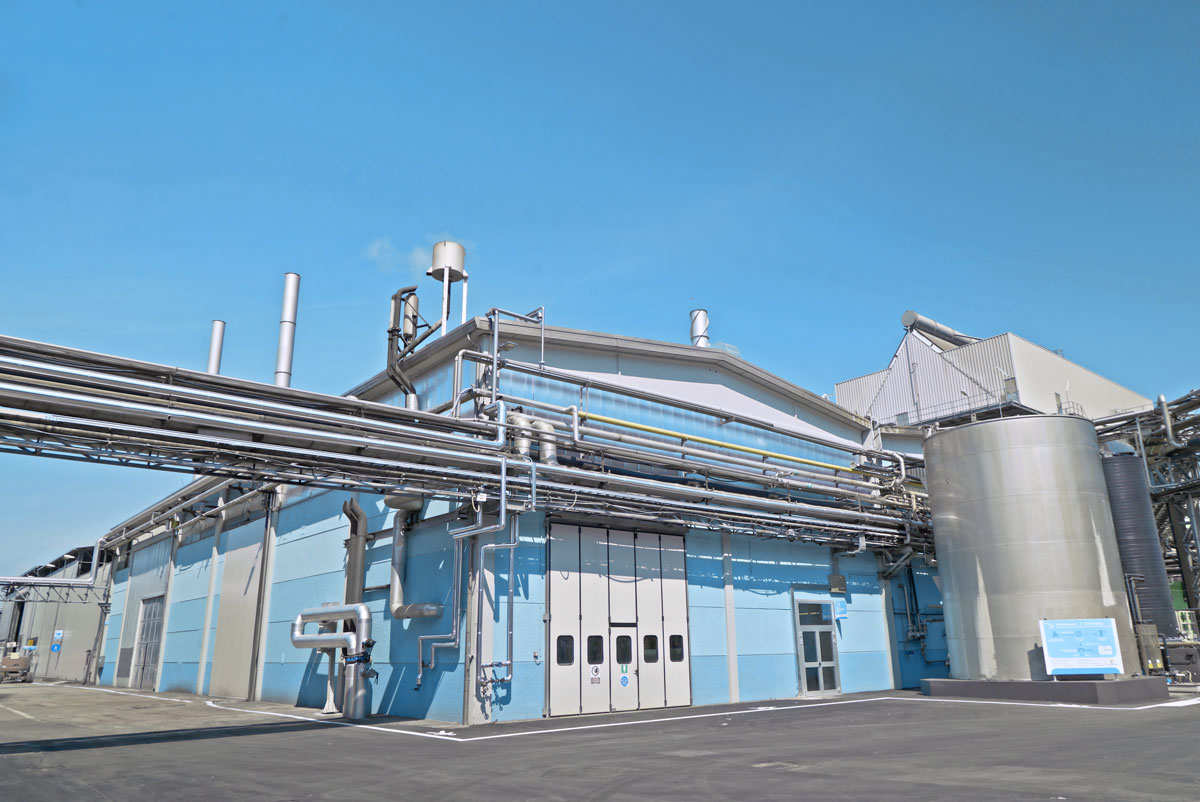DISTRICT HEATING PLANT
A significant step towards
the ecological transition
The 32.5 MW district heating plant, produces thermal energy in the form of steam and hot water. The great advantage of the district heating network is that energy is produced in a single thermal power plant, with undeniable environmental benefits. The network conveys steam for the operation of production site systems and high-temperature hot water to domestic and industrial users.
District heating plant information
| Parameter | Value |
|---|---|
| Water heating capacity at 90°C for domestic and industrial users. | 7.5 MW thermal |
| Steam heating capacity at 140°C for industrial uses | 25 MW thermal |
| Pipe network | 1.200 m |
| Renewable thermal energy from biomass |
Plant operation

The urban district heating network
Various domestic, commercial, and industrial users have been connected to the district heating system, including the well-known Formula 1 racing team Alpha Tauri.
Each delivery is equipped with the latest generation of meters, with readings available in real time via the web portal. This choice allows users to monitor consumption and Enomondo to quickly check the substations and take action in case of anomalies.
The environmental benefits of the district heating plant are considerable, starting with the fuels used. In fact, thermal energy is produced from scraps, with the dual benefit of reducing costs and mitigating environmental impacts compared to the use of other sources. In particular, the scraps consist mainly of renewable materials, reducing climate-changing emissions.